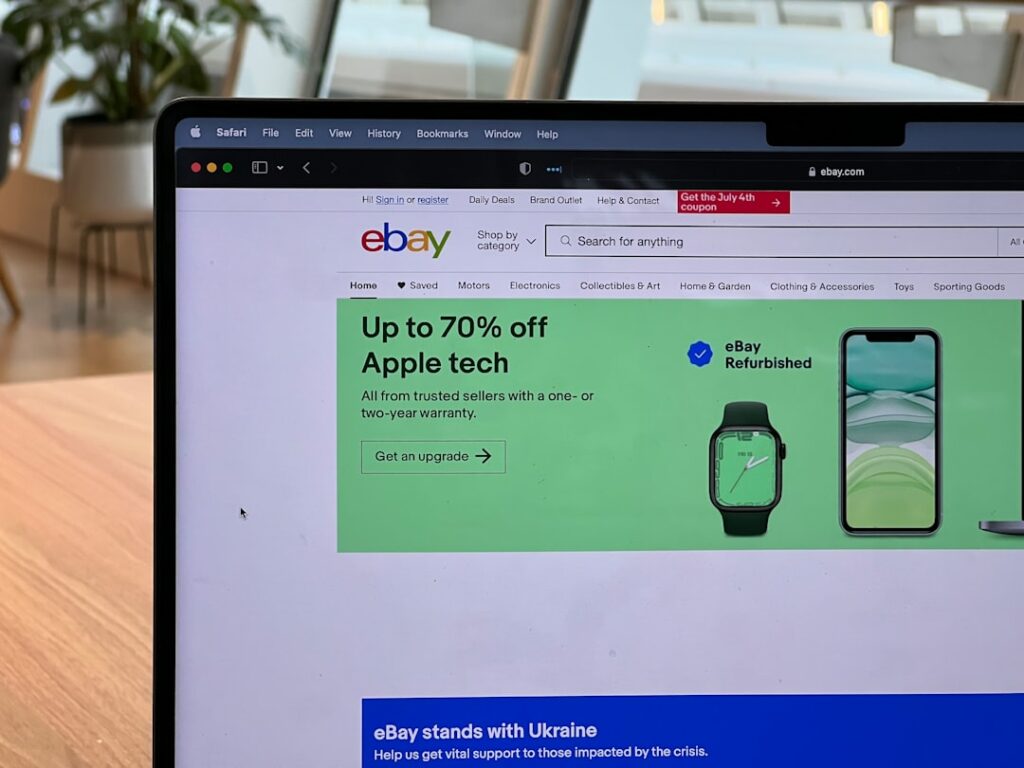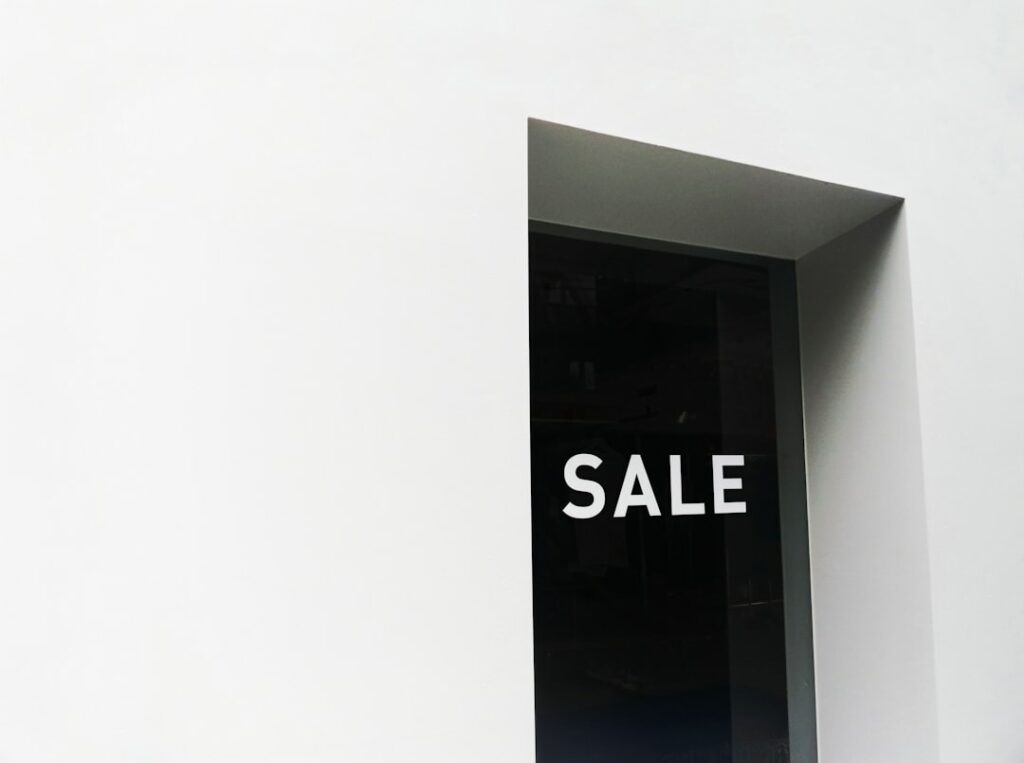How to List on eBay: A Beginner’s Guide
Step 1: Prepare Your Item and Gather Information
Clean and Photograph Your Item
Before you even think about opening eBay, take the time to prepare your item. For clothing, wash and iron it. For electronics, wipe down surfaces and ensure all accessories are present. For collectibles, gently clean without damaging patinas. Once clean, find a well-lit area, preferably with natural, diffuse light. Use a plain, neutral background (a white sheet or wall works well). Take multiple photos from various angles: front, back, sides, top, bottom, and any labels or unique features. Capture close-ups of any flaws (e.g., a small scratch, a missing button) as well as positive details. Aim for at least 5-7 high-resolution photos. Smartphone cameras are often sufficient, but ensure they are in focus and well-exposed.
Research Similar Listings and Pricing
Open eBay in your browser or app and use the search bar to find items identical or very similar to yours. Pay close attention to “Sold” listings, which you can filter for by selecting “Sold Items” under the “Show Only” options in the left-hand sidebar (or by tapping “Filter” then “Show More” on mobile). This gives you a realistic idea of what buyers are actually paying. Note the condition of the sold items compared to yours, their selling format (auction vs. fixed price), and the shipping costs charged. This research will inform your pricing strategy, helping you set a competitive price that attracts buyers while ensuring you get a fair return.
Step 2: Start Your Listing on eBay
Choose the Right Selling Category
Navigate to the “Sell” page on eBay (usually found at the top of the homepage or in the main menu). eBay will often suggest categories based on your title, but always double-check. A precise category helps buyers find your item. For example, a vintage action figure might belong in “Toys & Hobbies > Action Figures > Vintage,” rather than just “Toys & Hobbies.” If unsure, browse similar sold listings to see which categories they used. Choosing the wrong category can significantly decrease visibility and sales.
Write a Compelling Title and Description
Your title is crucial for search visibility. Use descriptive keywords that buyers are likely to search for. Include brand, model, condition, color, and key features. For example, instead of “Old Camera,” use “Vintage Canon AE-1 Program 35mm SLR Film Camera w/ 50mm f/1.8 Lens – Excellent.” You have 80 characters, so use them wisely. The description should expand on the title, providing all necessary details. Start with a brief overview, then use bullet points for features, specifications, and condition notes. Be honest about any flaws, as transparency builds buyer trust and prevents returns. Include dimensions, material, and any included accessories. Aim for clarity and conciseness, breaking up long paragraphs for readability.
Step 3: Set Your Pricing and Shipping Options
Select Your Pricing Format (Auction vs. Buy It Now)
eBay offers two primary selling formats: Auction and Buy It Now (Fixed Price).
- Auction: Best for unique, rare, or highly sought-after items where demand might drive the price up. Set a low starting bid to attract attention and a duration (typically 3, 5, 7, or 10 days). You can also add a “Reserve Price” (a hidden minimum price you’re willing to sell for) or a “Buy It Now” price that disappears once the first bid is placed.
- Buy It Now: Ideal for common items, multiple quantities, or when you know exactly what you want for an item. This format allows buyers to purchase immediately at a set price. It’s often preferred for convenience and faster sales.
Based on your research in Step 1, decide which format aligns best with your item and sales goals.
Determine Your Shipping Services and Costs
Accurate shipping costs are vital. Measure and weigh your packaged item before creating the listing. Use a kitchen scale or postal scale. Visit the websites of common carriers (USPS, FedEx, UPS) to estimate costs based on package dimensions, weight, and destination (a common practice is to use a far-away zip code like 90210 for California if you’re on the East Coast, to get a high-end estimate if you plan to offer flat-rate shipping).
You have a few options:
- Flat Rate: You set a single shipping cost for all buyers. This is simpler but requires careful calculation to avoid losing money on distant shipments.
- Calculated Shipping: eBay calculates the cost based on the buyer’s location, your package dimensions, and weight. This is generally recommended as it’s more accurate.
- Free Shipping: You absorb the shipping cost into the item’s price. This can attract more buyers but requires careful pricing to ensure profitability.
- Local Pickup Only: For very large or fragile items that are impractical to ship.
Always consider adding tracking and insurance for higher-value items.
Step 4: Review and Publish Your Listing
Preview Your Listing for Accuracy
Before hitting “List Item,” use the “Preview” button (usually at the bottom of the listing form). This will show you exactly how your listing will appear to buyers. Carefully review every detail:
- Are all photos clear, correctly oriented, and uploaded?
- Is the title accurate and free of typos?
- Does the description fully explain the item and its condition, including any flaws?
- Are the price and shipping costs correct?
- Is the category appropriate?
- Are all item specifics (brand, color, size, etc.) filled out?
This is your last chance to catch errors that could lead to buyer dissatisfaction or returns.
Submit Your Listing to Go Live
Once you are completely satisfied with your preview, click the “List Item” or “Submit Listing” button. Your item will now be live on eBay and searchable by potential buyers. You will receive a confirmation email from eBay. After listing, monitor your eBay messages for any questions from interested buyers and be prepared to respond promptly. Keep an eye on your listing’s performance, especially for auctions, and be ready to package your item securely once it sells.
FAQs
Q1: How much does it cost to list on eBay?
A1: eBay’s fee structure varies. Most private sellers get a certain number of “free” listings per month (often 200-250) in most categories. After that, there’s a small insertion fee per listing (e.g., $0.35). When an item sells, eBay charges a “final value fee,” which is a percentage of the total sale price (item + shipping), typically around 12-15% for most categories, with a maximum cap. PayPal (now managed by eBay Payments) also charges a processing fee on transactions. Always check eBay’s current fee schedule on their website for the most accurate and up-to-date information.
Q2: What’s the best way to handle returns?
A2: eBay’s default policy often favors buyers, especially if an item is not as described. For most items, offering a 30-day return policy (buyer pays return shipping) is common. For items where you want to avoid returns, you can select “No Returns Accepted,” but this can deter buyers and might not protect you if the item is significantly not as described. Always state your return policy clearly in the listing. If a buyer initiates a return, communicate professionally and follow eBay’s resolution process. Clear, honest descriptions and good photos minimize returns.
Q3: How do I get paid after my item sells?
A3: eBay now manages payments directly through “Managed Payments.” When your item sells, the buyer pays eBay, and the funds are then deposited into your linked bank account. This typically takes 1-3 business days after the buyer pays, though it can be held longer for new sellers or high-value items until delivery is confirmed. Ensure your bank account details are correctly linked and verified in your eBay account settings.
Q4: My item isn’t selling. What should I do?
A4: If your item isn’t selling, consider these steps: 1. **Review Pricing:** Your price might be too high. Check recent “Sold” listings again. 2. **Improve Photos:** Are they clear, well-lit, and numerous enough? 3. **Enhance Description:** Is it detailed, honest, and easy to read? Are keywords present? 4. **Adjust Shipping:** Is your shipping cost too high or is free shipping a better option? 5. **Change Format:** If it’s a Buy It Now, consider adding “Best Offer” or switching to an auction with a low starting bid. 6. **Promote Listing:** For a small fee, eBay offers “Promoted Listings” that can increase visibility. 7. **Relist:** Sometimes simply relisting an item can give it a boost in visibility.




